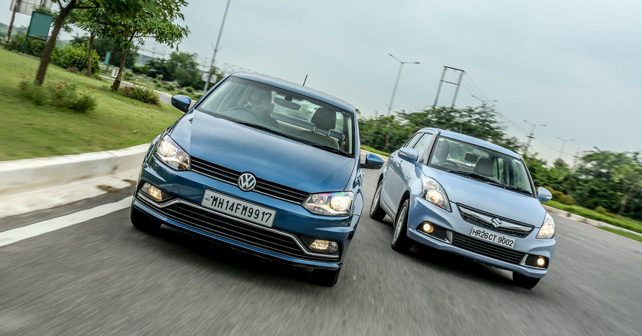
A standard rate of 28 percent will be levied on all vehicles with an additional cess to be charged on certain vehicle categories
After a long wait, the government has finally shed some light on structure of the Good and Services Tax set to be levied starting July 1. As per the reformed structure, a standard rate of 28 percent will be levied on all vehicles. In addition, a variable cess based on vehicle class will also be imposed over and above the standard rate.
Small cars are expected to get more expensive once the GST comes into effect on July 1. All petrol sub-4 metre petrol cars with a petrol motor less than 1,200cc will attract a 1 percent cess. Cars with diesel motors, on the other hand, will be imposed with a 3 percent cess. Therefore, with the inclusion of cess, petrol small cars with an engine of less than 1,200cc will be levied a tax of 29 percent while diesel car buyers will have to pay 31 percent. This new structure has resulted in a marginal rise in taxes which will eventually be transferred to the buyer in due course of time.
For those looking to buy a larger car or an SUV, the GST does bring some good news. While cars that fall in this category currently demand 50 percent in the form of indirect taxes, as per the revised structure, it is likely to be reduced to 43 percent (28 percent in GST + 15 percent cess). In fact, in this particular segment, we might just see the prices of cars going down. At 43 percent, the tax structure for mid-sized cars will remain more or less unchanged.
In a bid to promote usage of electric vehicles, only 12 percent tax has been levied. Hybrid vehicles do not get any such benefits as they demand as much GST as SUVs and mid-sized cars. This might just be a cause of concern for some manufacturers in India who have been shown undeterred commitment to hybrid offerings.
Meanwhile, motorcycles with an engine that displaces more than 350cc will be charged a cess of 3 percent along with the base GST of 28 percent. Auto parts are also expected to be taxed at 28 percent. This should result in an increase in service and maintenance of vehicles.























Write your Comment